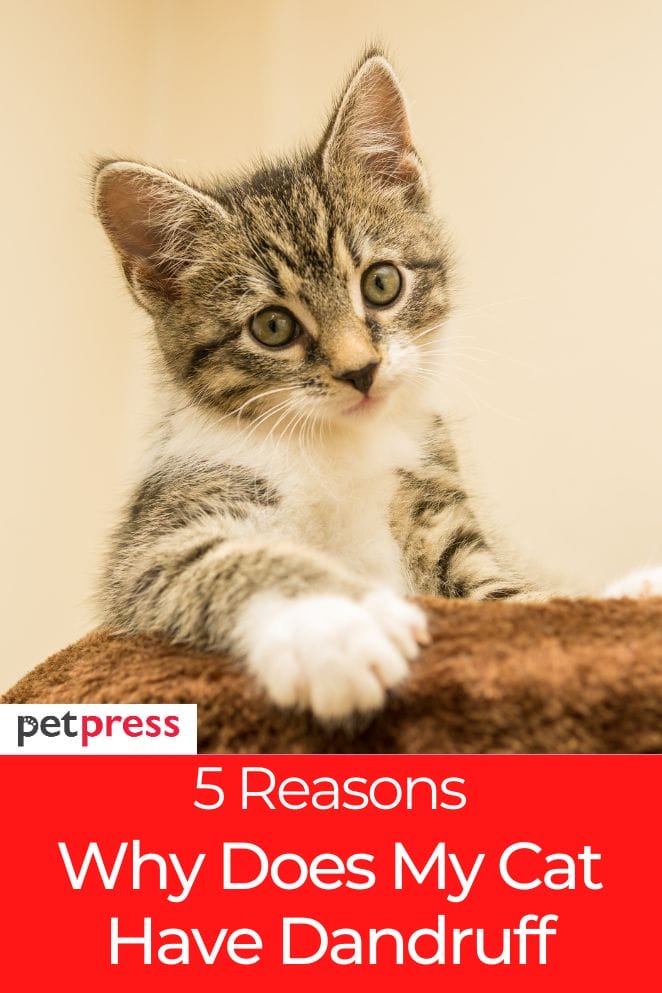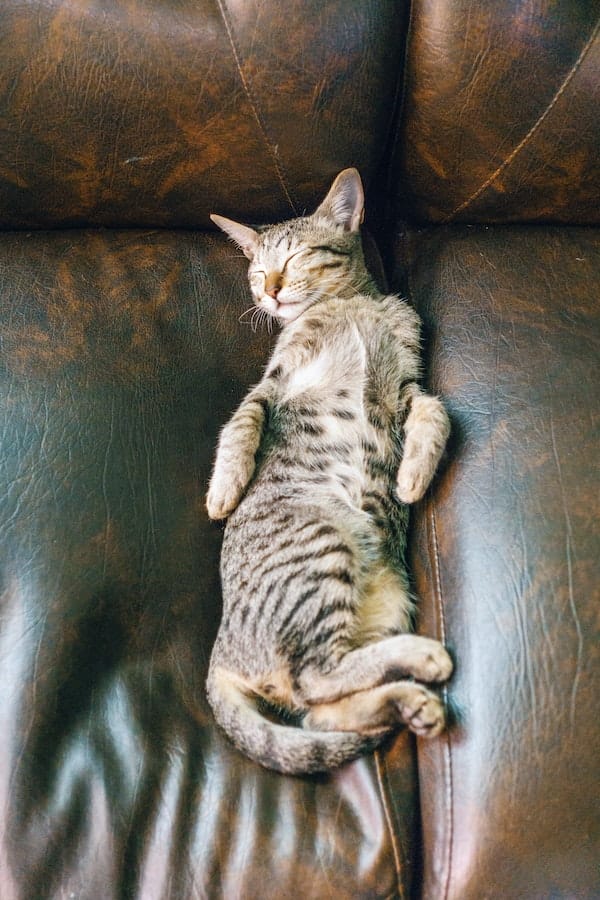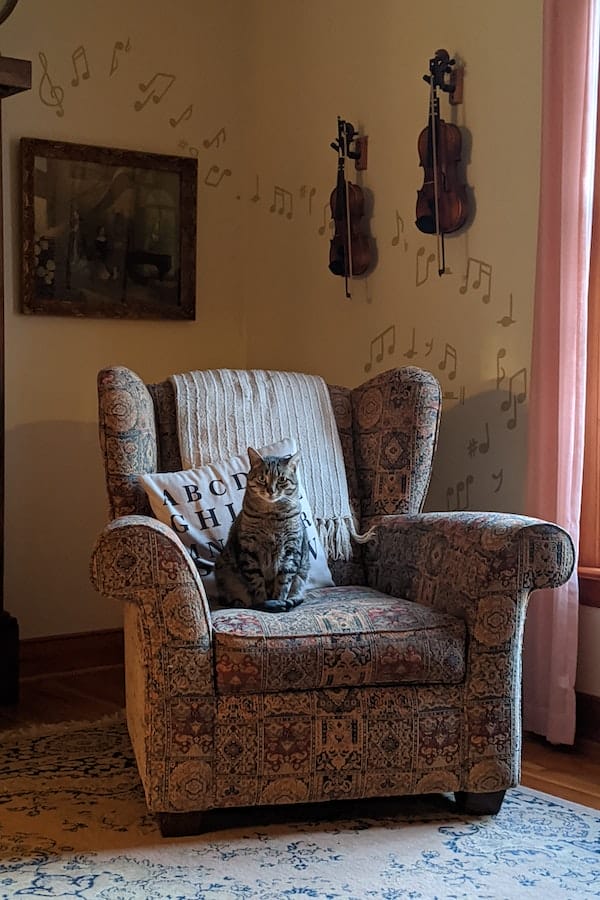
It’s no secret that cats love to keep clean, so it may come as a surprise when you spot flakes of dandruff in their fur.
If your cat is exhibiting this symptom and you’re concerned about what might be causing it, there are several possible explanations.
To ensure optimal health and well-being for your feline friend, take the time to identify the underlying cause of any potential issues.
We’ll be taking an in-depth look at the potential causes behind your kitty’s dandruff.
From diet changes to hygiene and even underlying medical conditions, we’ll explore all of the possible factors that could be contributing to it.
With these tips, you can help keep your furry friend looking and feeling their best – no more embarrassing dandruff moments!
What are the causes of cat dandruff?

There are a variety of potential causes behind dandruff in cats. These range from dietary deficiencies to medical conditions and even simple hygiene issues.
Diet changes
Diet can play a major role in the health of your cat’s fur and skin. A diet that is deficient in certain vitamins and minerals may lead to dry, flaky skin and dandruff.
Make sure you are feeding your kitty a balanced diet with all the essential nutrients they need for healthy skin and coat growth.
Additionally, always provide fresh, clean drinking water to help keep their skin hydrated.
Hygiene
Proper hygiene is essential for your cat’s health and well-being.
Regular brushing and combing will help remove dead fur and dandruff flakes from their coat.
It’s also important to make sure you are bathing your cat regularly with a gentle shampoo designed specifically for cats.
This will help keep their skin and coat clean and free of dirt, debris, and dandruff.
Underlying medical conditions
Unfortunately, there are a few underlying medical conditions that can lead to dandruff in cats.
These can range from allergies to parasites, to skin diseases.
If you notice your cat’s dandruff is not responding to diet and hygiene changes, it may be time to contact your veterinarian for further examination and diagnosis.
Your vet will be able to determine if an underlying medical condition is the cause of your pet’s excessive dandruff.
Dry skin
If your cat has dry, flaky skin, it’s likely to be a sign of dehydration or inadequate grooming.
Ensure that you are providing plenty of fresh water for your pet and consider adding fatty acids to their diet in the form of Omega-3 supplements.
Additionally, regular brushing can help exfoliate their skin, removing any dead fur and dandruff.
If the problem persists, it may be time to consult your vet for further examination and diagnosis.
Stress or anxiety
High levels of stress and anxiety can cause cats to develop dandruff as a result of excessive grooming.
If your pet is exhibiting signs of stress or anxiety, it’s important to provide them with an environment that helps reduce their levels of stress.
Consider providing a safe, secure place for your pet to hide when they feel overwhelmed.
Additionally, make sure you are providing plenty of interaction and attention to help promote relaxation and reduce stress levels.
How to treat cat dandruff?

There are a few simple steps you can take to help reduce and eliminate your kitty’s dandruff.
Implement a healthy diet
Provide your cat with a balanced diet that contains all the essential vitamins and minerals they need for optimal health.
Make sure you are also providing plenty of fresh water to help keep their skin hydrated.
If needed, consult with your veterinarian to determine if adding a dietary supplement such as Omega-3 fatty acids would be beneficial for your pet’s skin health.
Improve hygiene
Proper hygiene is essential for your cat’s skin and coat health.
Make sure you are brushing them regularly to remove any dead fur or dandruff flakes from their coat.
Additionally, provide regular baths with a mild, cat-specific shampoo to help keep their skin clean and free of dirt and debris.
Consult a vet
If you’ve implemented diet changes, improved hygiene practices, and your cat’s dandruff is still persistent, it may be time to contact your veterinarian for further examination and diagnosis.
Your vet will be able to determine if an underlying medical condition is the cause of your pet’s excessive dandruff and provide you with a treatment plan to help manage your cat’s condition.
Reduce stress
High levels of stress or anxiety can lead to cats developing dandruff due to excessive grooming.
Make sure you are providing your kitty with an environment that helps reduce their levels of stress.
Consider providing a safe, secure place for them to hide when they feel overwhelmed, and make sure you are providing plenty of interaction and attention.
If the problem persists, it may be time to consult your veterinarian for further examination and diagnosis.
Utilize humidifiers
Humidifiers can help add moisture to the air, which in turn can help reduce dry skin and dandruff.
Placing a humidifier in your home’s living area or near your kitty’s favorite spot can help improve their skin health by keeping it hydrated.
Additionally, using a pet-safe humidifier can help reduce allergens in the air, which is especially important for cats with allergies or asthma.
Ensure proper flea prevention
Fleas and other parasites can cause skin irritation and lead to excessive scratching and grooming, resulting in dandruff.
Make sure you are providing your pet with monthly flea prevention treatments to protect against fleas, ticks, and other parasites.
Be sure to consult with your veterinarian for information on the best flea-prevention products for your pet.
Additionally, regularly check their fur and skin to ensure they are free of parasites.
Conclusion

Dandruff in cats can be caused by a variety of factors, including dietary deficiencies, dehydration, poor hygiene, and stress.
Reducing dandruff requires a holistic approach that includes improving their diet, providing proper hygiene practices, reducing stress levels, utilizing humidifiers to increase moisture in the air, and ensuring proper flea prevention.
If your cat’s dandruff persists after implementing these steps, it may be time to consult your veterinarian for further examination and diagnosis.
Through proper diet, hygiene practices, stress management, and flea prevention techniques, you can help keep your kitty’s skin healthy and free of dandruff.


GIPHY App Key not set. Please check settings